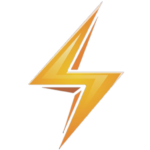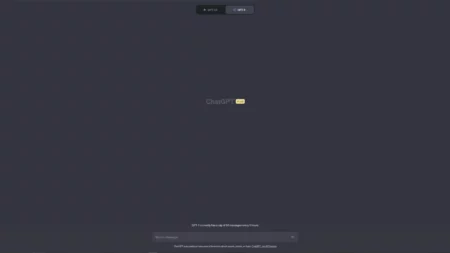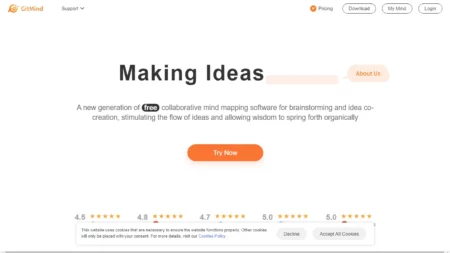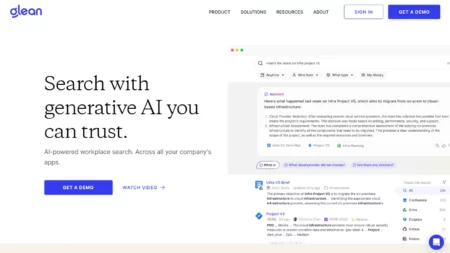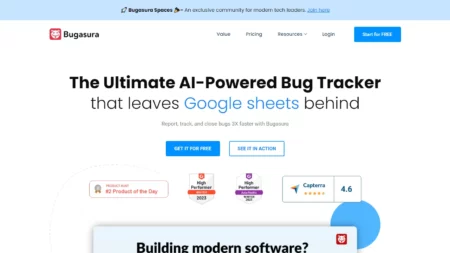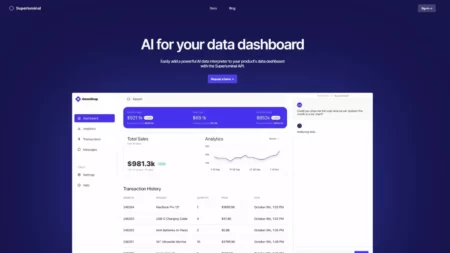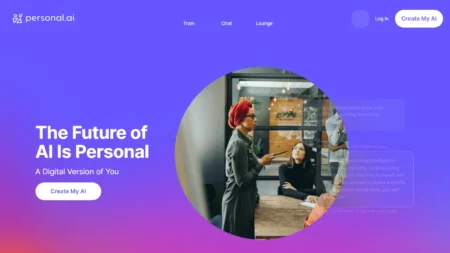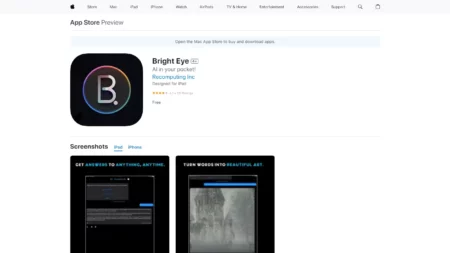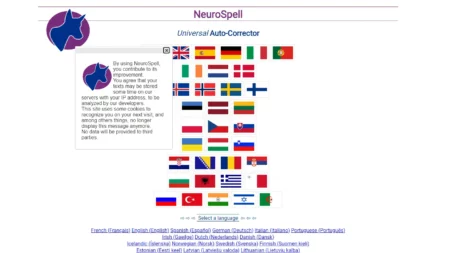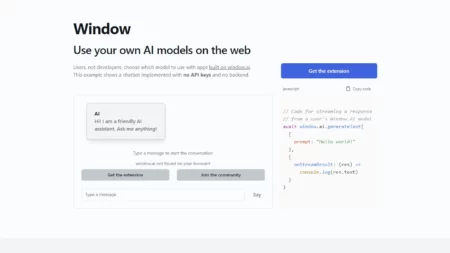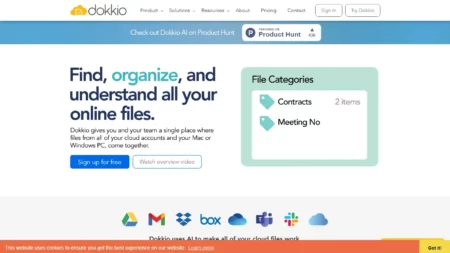UsePortal offers an immersive spatial audio app designed for enhancing focus, improving sleep quality, and providing relaxation through virtual escapes to various serene locations worldwide. Users can explore diverse environments, including peaceful landscapes and tranquil settings, which are carefully curated to promote mental and physical relaxation while minimizing distractions. The app features dynamic spatial audio, high definition visuals, and smart light integration, aiming to improve overall well-being, productivity, and sleep quality.
⚡Top 5 usePortal Feature:
Feature Name: Creating Portals in React Applications
Description: The usePortal hook allows developers to easily create portals in their React applications, enabling them to render components outside of the normal React tree. This is particularly useful for scenarios like modals, tooltips, or other overlays.
Feature Name: Customizable Styling
Description: Developers can customize the styling of the portal by providing additional options like className, elementClass, and attributes. These options allow for fine-grained control over the appearance of the portal content.
Feature Name: Dynamic Configuration Changes
Description: The usePortal hook is designed to handle scenarios where the portal configuration changes dynamically. This means that developers can update the portal ID, attributes, or other options during the component lifecycle without affecting the existing portal.
Feature Name: Isomorphic Support
Description: The usePortal hook supports server-side rendering (SSR), making it suitable for use in various types of React applications, including those built with frameworks like Next.js.
Feature Name: Built-in State Management
Description: The usePortal hook includes built-in state management, allowing developers to manage the lifecycle of the portal and handle events like opening, closing, or toggling the portal. This makes it easier for developers to create complex interactions with their portals.
⚡Top 5 usePortal Use Cases:
Use Case Name: Modals
Description: Developers can use the usePortal hook to easily create modals that appear outside of the normal React tree. This allows them to build custom modal components without having to worry about the specifics of rendering within a different DOM hierarchy.
Use Case Name: Tooltips
Description: Tooltips are another common use case for portals in React applications. By using the usePortal hook, developers can render tooltip content outside of the parent component’s DOM hierarchy, ensuring that they do not interfere with other elements on the page.
Use Case Name: Global Message Notifications
Description: Portals can be used to display global message notifications that appear above all other content on the page. By creating a portal element and appending it to the document body, developers can ensure that these notifications remain visible regardless of where the user scrolls.
Use Case Name: Lightboxes/Modals/Dialogs
Description: Portals can also be used to create lightboxes, modals, or dialogs that appear overlaid on top of the main application content. This is particularly useful when building forms or other interactive components that require user input.
Use Case Name: Dropdown Menus
Description: Dropdown menus are another example of a use case where portals can be beneficial. By rendering the dropdown menu content outside of the parent component’s DOM hierarchy, developers can ensure that it does not affect the layout of the surrounding elements.
